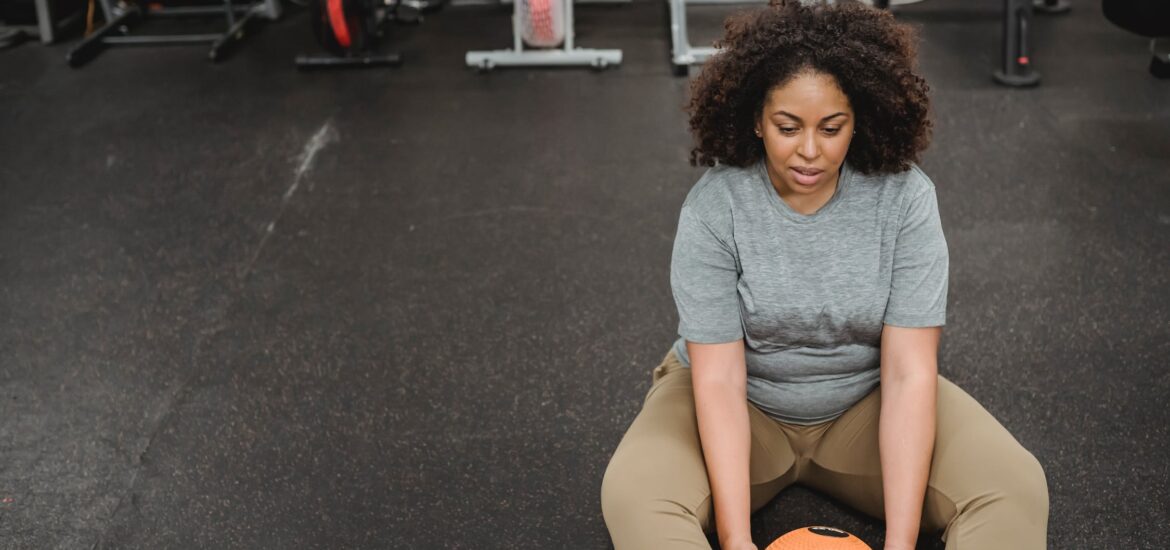Do you often wonder, “why does skin tingle after exercise?” You’re not alone. This article endeavors to unveil the scientific reasons behind skin tingling after exercising and offers actionable insights to prevent and manage this phenomenon.

Table of Contents
Why Does Skin Tingle After Exercise: The Scientific Explanation
The sensation of skin tingling after exercise has caught the curiosity of many. This phenomenon, known as paresthesia, usually happens due to temporary alterations in nerve activity or blood flow during and after physical activity. Here, we will delve deep into the scientific reasoning behind this common occurrence.
Paresthesia manifests as a pins-and-needles sensation, a kind of prickle on your skin that you can’t quite shake off immediately. The primary reason behind this is the increased blood flow to various parts of the skin during exercise. When you exercise, your muscles require more oxygen and nutrients, necessitating enhanced blood circulation. However, this surge in blood flow can sometimes stimulate nerve endings abnormally, giving rise to that tingling sensation.
To give you a deeper insight, during exercise, the small vessels known as capillaries expand to allow more blood to reach the muscles. This expansion might also stimulate nerve endings in the surrounding areas, which communicate the sensation of tingling to your brain. This is a completely natural process and is often a sign that your circulatory and nervous systems are functioning properly.
Learning more here can help you understand the intricacies of paresthesia and why it is generally not a cause for concern.
Identifying the Common Causes
To unravel the mystery of “why does skin tingle after exercise,” we must first identify the common culprits behind this sensation. Below, we dissect the most prevalent causes, providing a clear pathway to understanding and managing this phenomenon.
Beta-Alanine supplementation
This amino acid is frequently found in pre-workout supplements designed to enhance performance. However, a common side effect is a tingling sensation on the skin, technically referred to as paraesthesia. It occurs due to beta-alanine’s effect on the nervous system where it binds with nerve receptors, triggering this sensation.
While it is generally considered safe, understanding this can help you decide whether or not to continue using supplements containing beta-alanine.
Excessive pressure on nerves
Exercise routines that involve maintaining the same posture for extended periods can exert pressure on certain nerves, leading to tingling. Moreover, wearing tight clothing can also compress nerves, causing this sensation.
Being aware of this can guide you in choosing appropriate clothing and altering your exercise regime to prevent nerve compression.
Poor circulation
Insufficient blood circulation during exercise can often result in tingling sensations once you stop exercising and the blood rushes back to the previously restricted areas. Ensuring that you maintain a good posture and not restricting blood flow by wearing tight clothing can help prevent this.
Check out these other articles…
Red Skin After Exercise: Why It Happens & How to Prevent It
Itchy Red Skin After Exercise: Soothing Tips & Tricks
Pain in Skin After Exercise: Causes & Proven Cures
White Skin Around Mouth After Exercise: Causes & Prevention
Can I Tighten My Skin with Exercise? Proven Techniques
Steps to Prevent Skin Tingling Post-Exercise
If you have ever wondered how to prevent that tingling sensation after a workout, here are the effective steps you can take, each explained to aid in fostering a tingle-free post-exercise experience.
Proper warm-up before exercising
A well-structured warm-up routine can be a game-changer. It gradually increases blood flow to the muscles, helping to prevent the sudden rush that can cause tingling.
Incorporate stretches and low-intensity exercises that prepare your muscles and circulatory system for the more intense activity to come.
Avoiding tight clothing that can compress nerves
Clothes that are too tight can restrict blood flow and press on the nerves, leading to tingling sensations. Opt for attire that is comfortable, breathable, and allows for unrestricted movement, thereby preventing unnecessary pressure on the nerves.
Maintaining proper hydration
Good hydration supports optimal blood circulation. When you are well-hydrated, your blood can circulate more freely, reducing the likelihood of experiencing tingling sensations post-exercise.
Make it a practice to drink sufficient water before, during, and after your workout to support your circulatory system’s functioning.
Consulting a Healthcare Provider
While the tingling sensation is generally harmless, it is always better to be safe than sorry. In rare instances, continuous tingling might indicate a more serious underlying condition.
If the sensation persists and is accompanied by other symptoms such as numbness or severe pain, it’s recommended to consult a healthcare provider for proper evaluation and guidance.


